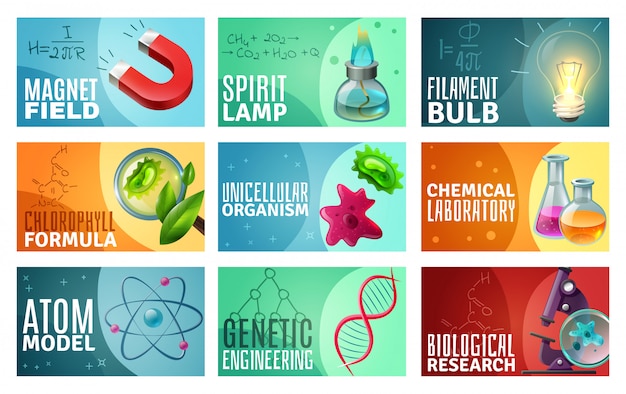Amazing Facts about Atoms

Atoms are the building blocks of everything in the universe.
There are approximately 7 octillion atoms in an average human body.
Atoms are so small that a single drop of water contains about 2 sextillion of them.
Every atom has a nucleus at its center, which consists of protons and neutrons.
The electron cloud surrounding the nucleus contains negatively charged electrons.
Atoms are mostly empty space, with the nucleus making up only a tiny fraction of the atom’s volume.
Atoms are constantly in motion, vibrating and spinning at incredible speeds.
Different types of atoms combine to form molecules, which make up all matter.
The chemical properties of an element are determined by the number of protons in its atoms.
Each atom has a unique atomic number, which represents the number of protons in its nucleus.
Atoms can gain or lose electrons to become charged particles called ions.
The mass of an atom is primarily determined by the number of protons and neutrons it contains.
The atomic mass unit (amu) is a unit of measurement used to express the mass of atoms.
The periodic table organizes elements based on their atomic number and properties.
The number of neutrons in an atom can vary, resulting in different isotopes of an element.
Atoms can undergo nuclear reactions, such as fission and fusion, releasing enormous amounts of energy.
The electron configuration of an atom determines its chemical behavior and reactivity.
Amazing Facts about Atoms part 2
Atoms are so small that billions of them can fit on the head of a pin.
The nucleus of an atom is held together by the strong force, which overcomes the repulsion between protons.
Atoms emit or absorb specific wavelengths of light when their electrons transition between energy levels.
Atoms of the same element can have different numbers of neutrons, resulting in different atomic masses.
As electrons move between energy levels, they can only occupy certain discrete energy states.
Atoms are incredibly stable, with some elements having existed since the formation of the universe.
In a solid, atoms are closely packed together and vibrate in fixed positions.
In a gas, atoms are far apart and move freely, colliding with each other and the container walls.
Atoms are incredibly resilient, with some elements able to withstand extreme temperatures and pressures.
Atoms are constantly interacting with each other through chemical reactions, forming new compounds.
Atoms can emit or absorb energy in the form of photons, allowing for the existence of light and electromagnetic radiation.
Atoms can bond together through various types of chemical bonds, such as covalent, ionic, and metallic bonds.
The study of atoms and their behavior is known as atomic physics.
Atoms from different elements can combine in specific ratios to form compounds with unique properties.
Atoms can lose energy through a process called emission, where a photon is released.
Atoms can gain energy through a process called absorption, where a photon is absorbed.
Atoms are constantly moving and colliding with each other, resulting in the transfer of energy and momentum.
Atoms can exist in different energy states, with the lowest energy state known as the ground state.
Atoms can emit characteristic patterns of light when excited, allowing scientists to identify their presence in a sample.
Atoms can be manipulated and controlled to create new materials and technologies.
Atoms play a crucial role in chemical reactions, determining the products and rates of reactions.
Atoms can bind together to form complex structures, such as proteins, DNA, and minerals.
Atoms are the basis for all matter in the universe, from the smallest particles to the largest celestial bodies.
Atoms are governed by the laws of quantum mechanics, which describe their behavior at the microscopic level.
Atoms are incredibly resilient, with some isotopes having half-lives of billions of years.
Atoms can be excited by heat, electricity, or light, causing their electrons to move to higher energy levels.
Atoms can be manipulated and observed using techniques such as scanning tunneling microscopy and atomic force microscopy.
Atoms are the ultimate building blocks of reality, allowing us to understand the world around us at its most fundamental level.